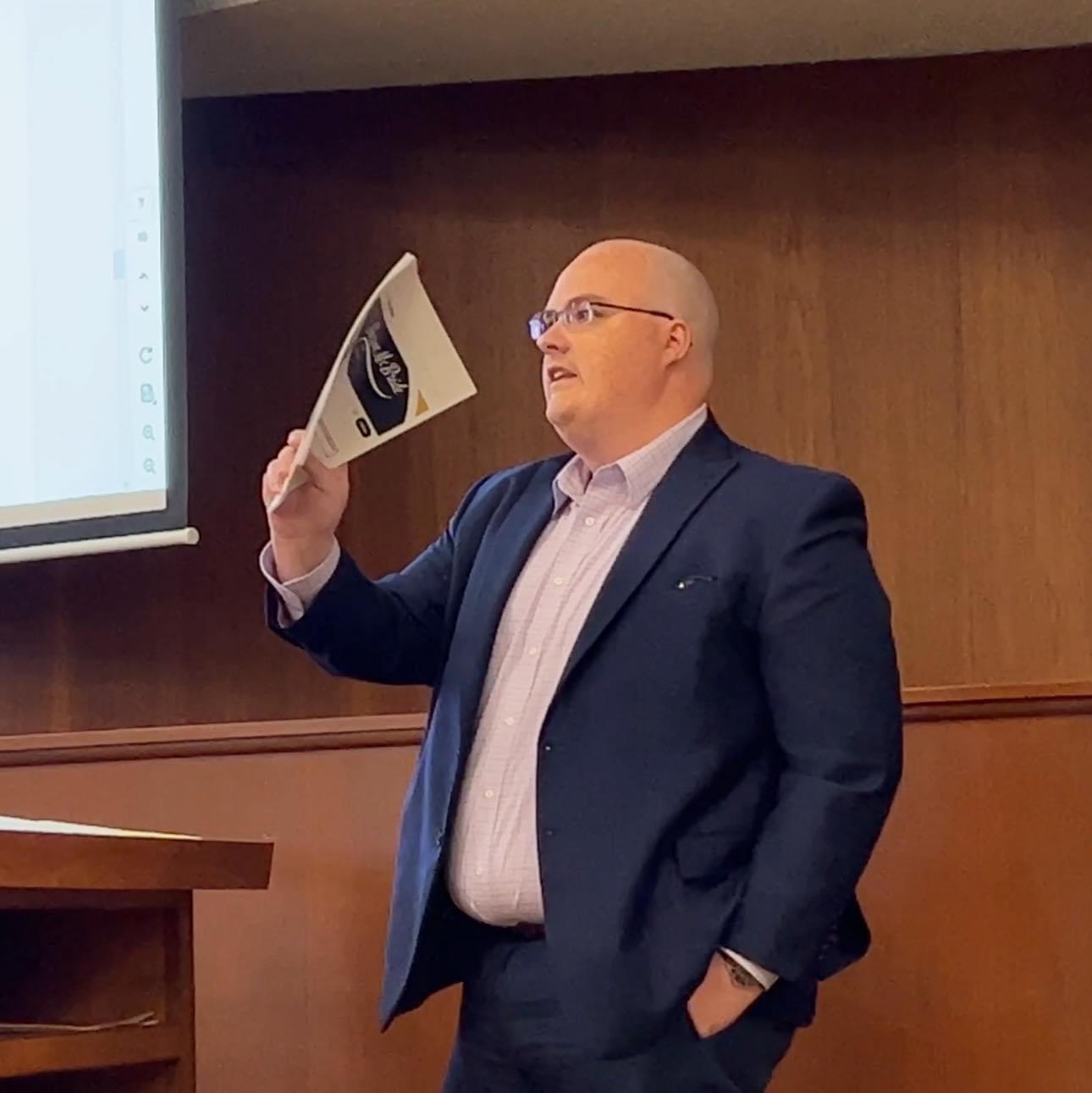St. Joseph County GOP Launches New "Data Analytics Elections Committee"
- Logan Foster
- Apr 4
- 3 min read

St. Joseph County GOP Launches New "Data Analytics Elections Committee"
Date: 04/04/25
Author: Logan Foster
The St. Joseph County Republican Party has launched a new committee to modernize its election strategies and maximize voter turnout. The new "Data Analytics Election Committee", led by Mark Rolfes, a retired professional software engineer, aims to modernize how the St. Joseph County GOP approaches precinct-level data to guide campaigns and amplify its impact in a politically competitive county.
Using Data to Gain the Competitive Edge
“We wanted to take this opportunity to show you some of the data tools that we use,” said Rolfes during the committee’s roll-out presentation. Speaking about the tools he developed specifically for this initiative, he explained their significance, noting, “So why do we use data in political campaigns to begin with? We want to analyze where we get our votes. And that information can help us determine the best way to use our limited resources to win the next election.”

The committee highlighted the unique challenges faced by county candidates, who often operate on lean budgets: "with 70,000 doors, you can't knock on every single door. So we have a limited amount of time for candidates. Which doors should they knock on to get maximum effect? And where should you send your mailers and spend your money on which areas of the county when you can't afford to blanket coverage the whole county?" he explained.
These practical challenges have driven the development of advanced data mapping tools, which provide unprecedented insight into voter behavior and turnout trends. One tool, for example, transforms information dense public records into accessible digital maps and turnout reports. “The hard part is turning raw data into something useful,” a committee member said. “But once it’s on a map, you start seeing key patterns that can guide your strategy.”
Detailed Mapping to Identify Opportunities
One of the tools provides visual heat maps of voter turnout and raw vote counts across townships, cities, and precincts in the county. Using data from the 2024 general election as an example, he demonstrated how turnout varied dramatically across regions. Precincts like Liberty Township saw robust turnout rates of 76%, while areas in South Bend showed far lower engagement, with some precincts reporting turnout as low as 28%. This discrepancy, a committee member explained, offers both a challenge and an opportunity. “We always think we can’t win a South Bend election,” he said. “Well, we could if Republicans turned out....”
The mapping technology will allow the Data Analytics Election Committee to identify not only where engagement is low but also where swing voters may hold the key to tipping election outcomes. “We won the recorder race with 50.04% to 49.96%, and Derek Dieter won his race with 50.08%,” a committee member noted. “When each vote matters that much, targeting the right precincts can be the difference between winning and losing.” By analyzing precinct-level votes, the party was able to identify areas that swung Republican despite favoring Democrats in other races.
“This data helps us figure out where our swing voters are,” a committee member noted. “For example, we can look at a race where one Republican received 54% of votes and another in the same precinct got 50%. Where did those extra four points come from? That’s where we’ll focus our efforts next time.”
The Committee's First Meeting
The St. Joseph County GOP's "Data Analytics Election Committee" held their first meeting April 3rd, 2025. Mark Rolfes presented his software to the committee while the committee discussed strategy for the upcoming election. Immediately, it was obvious how useful of a tool this would be. Though with any product, the true test will be its implementation in 2026.





